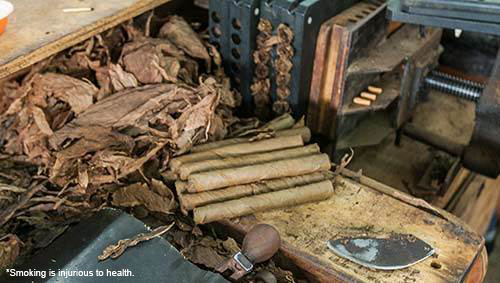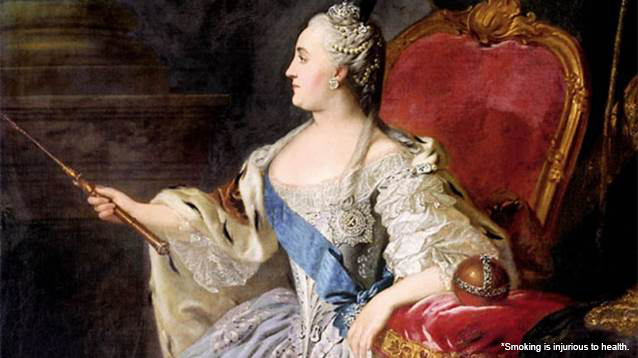Theory 1: Catherine The Great
The tale suggests that over 200 years ago in Russia, Queen Catherine The Great demanded her cigars to be wrapped in silk. This was to ensure her royal fingers stayed clean and free of tobacco stains. This helped her stay away from the judgment of others about her frequent cigar consumption. Silk eventually gave way to paper and this tradition of banding cigars spread throughout the world.
Theory 2: White Gloves
The next theory of the cigar band is from the 19th century. Some trust that nineteenth-century dandies in England expected wrappers to keep their white gloves immaculate. According to them, white gloves appeared elegant and aristocratic than their middle-class counterparts.
However, there is no evidence that the cigar bands were first created to assist this fashion trend. Critics counteract that the Cuban cigar makers wouldn’t have altered their production processes just to care for the gloves of wealthy Britishers.
Theory 3: Unscrupulous Germans
The last tale owes its origin to 19th century German swindlers. Germany is perhaps the world`s foremost supplier of cigars since 19th Century. Yet, Cuban cigars were still recognized as being of a higher standard and, hence, were more in demand.Seeing the opportunity, some German manufacturers began selling their lower-grade cigars under Cuban names. Gustave Bock an immigrant a cigar maker who had immigrated to Cuba from Europe. To mark the Cuban Cigar authenticity, Gustava bock began placing a paper ring adorned with his signature around all his cigars. To combat the fraud many other factories to adopted this ideology.

Cigars were originally rolled bundles of dried and fermented tobacco leaf
However, cigars historically didn’t always come with bands, and it is still debated today exactly how they came about.
So which tale is the truth?
Well, all of them may be partially true, but the Tale 3 seems most likely. In any case, cigar bands are a fascinating part of our history and culture.Historians have vehemently contested on this subject. Historians claim that some of these theories conflict with historical understandings of the cigar industry. Even-though the roots remain uncertain, these stories display the rich history of cigar smoking and ways in which it became an iconic and impressive stamp of prestige.

